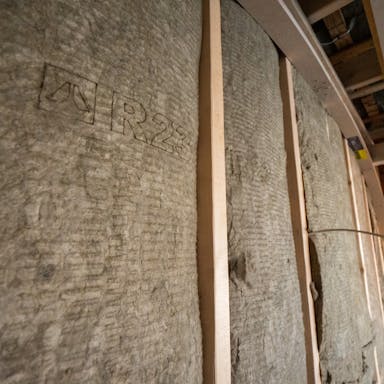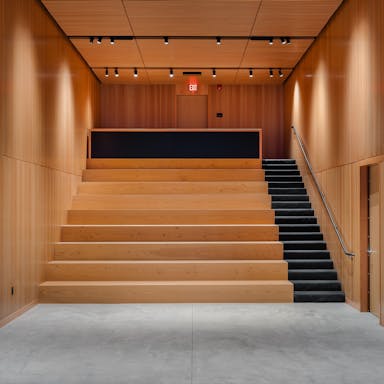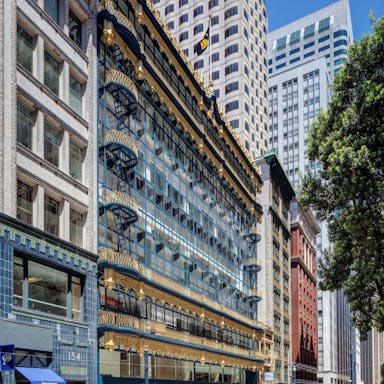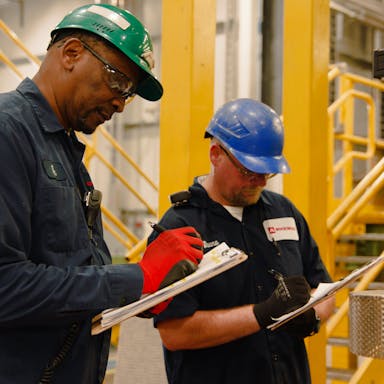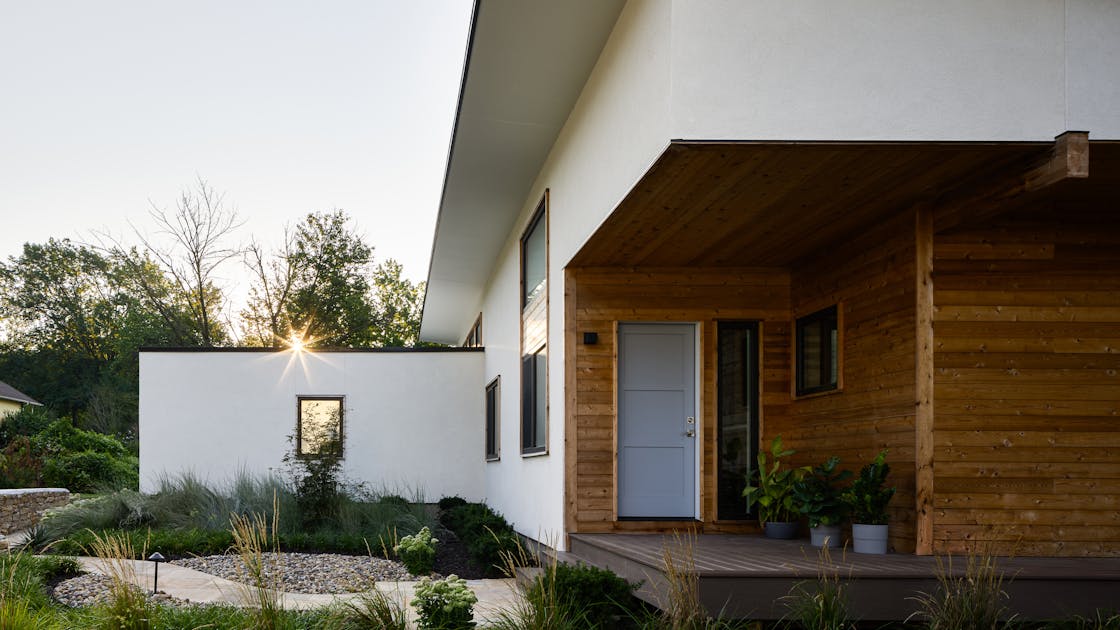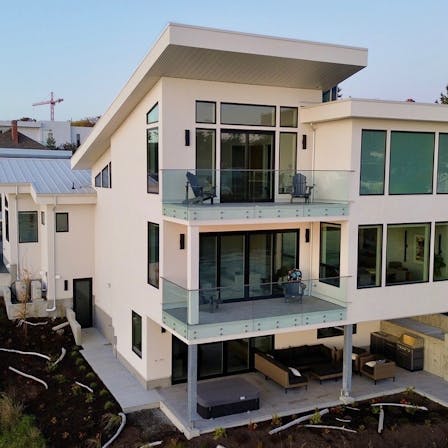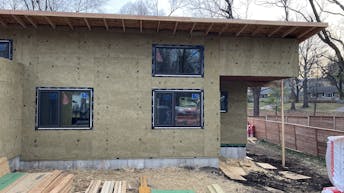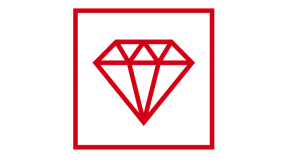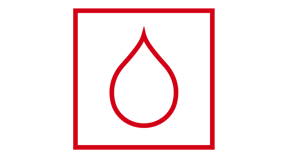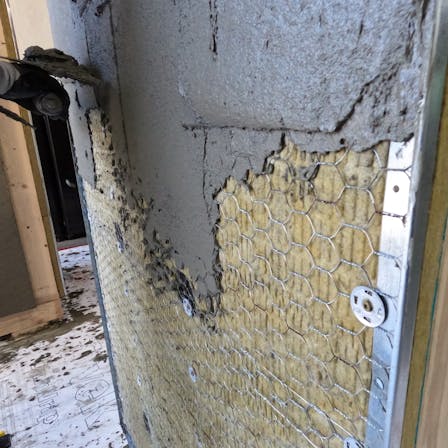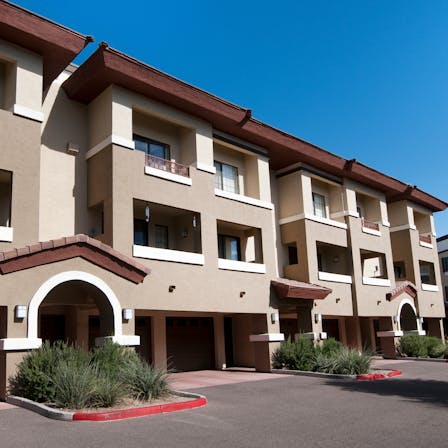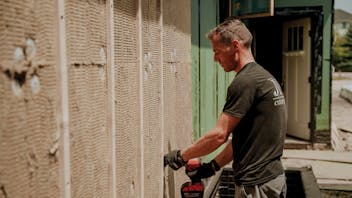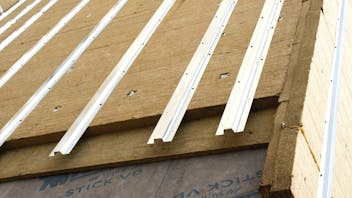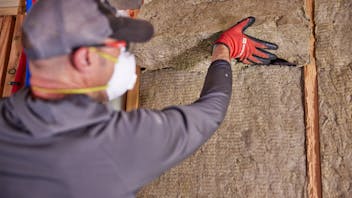Stucco has been commonly used in North America as an attractive, durable, fire-resilient, and affordable cladding material. When applied as part of an exterior insulated wall system with stone wool insulation, stucco can support evolving energy code requirements in new and retrofit residential, commercial, and institutional construction.
Stone wool is an excellent choice for high-performance exterior insulated stucco wall assemblies because it has the compressive strength to support the weight of plaster, is noncombustible, has negligible thermal expansion to provide a stable long-term substrate, and offers reliable, long-term energy efficiency.
Continue reading to find solutions for designing a complete exterior insulated stucco wall system with stone wool.
